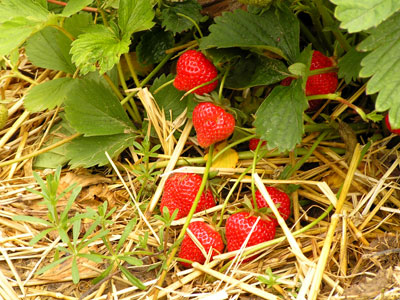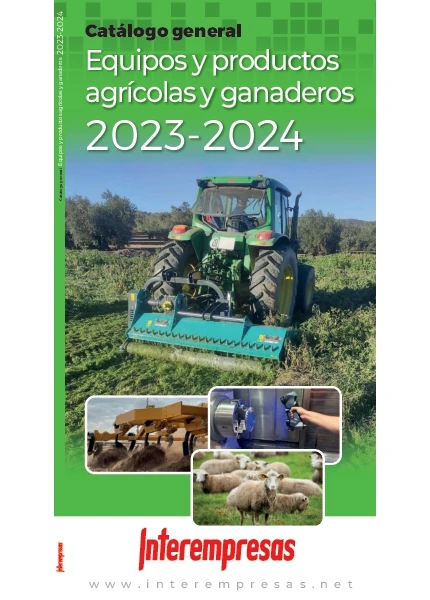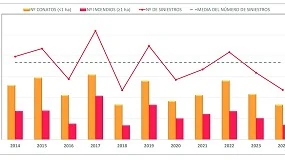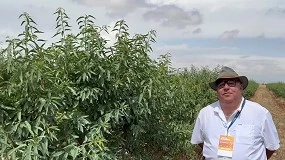Una investigación aboga por el gas ozono como sustituto de fitosanitarios habituales en el campo
2 de septiembre de 2010
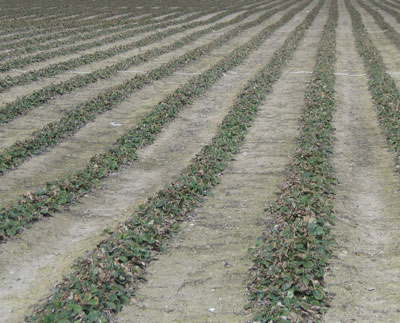
El efecto oxidante del gas ozono puede combatir plagas y enfermedades de suelos de cultivo, con lo que se preservaría a los mismos de productos químicos. En concreto, el centro tecnológico Itagra, de Palencia, estudia, mediante un proyecto experimental, hasta qué punto es efectivo el uso del ozono en la desinfección de terrenos agrícolas. De hecho, fuentes del centro han asegurado que la mayor parte de los compuestos que se emplean se empiezan a prohibir debido a su grado de peligrosidad para el medio ambiente y el profesional que los aplica. Así pues, la investigación, financiada por la Consejería de Agricultura y Ganadería de Castilla y León, se basa en esta característica oxidante “bastante intensa” del ozono que pone a prueba en los primeros ensayos sobre terrenos arenosos de cultivo de fresa. El motivo reside en que la fresa presenta síntomas graves de contaminación debido a la presencia de microorganismos. Así pues, el proyecto pretende comprobar si esta metodología resulta efectiva para la desinfección de estos suelos, con lo que sustituiría a otros tratamientos químicos. Hasta la fecha, se han logrado resultados prometedores aunque se siguen realizando pruebas con diversas dosis de ozono. El gas se aplica de dos maneras; por una parte, se esparce en el aire a través de un difusor, y por la otra, se inyecta directamente en el suelo.
Tecnología costosa que precisa gran cantidad de electricidad
Actualmente, los investigadores se hallan pendientes de los resultados de la primera criba de pruebas durante las que se aplican diversos tratamientos y se ozonizan los campos de ensayo. En esta fase, se analizan los microorganismos aerobios mesófilos, es decir, la flora total compuesta por bacterias, hongos filamentosos y levaduras, aerobios estrictos o facultativos que se caracterizan por unas características térmicas intermedias. Posteriormente, se comprobará la presencia de mohos y levaduras o nematodos, y se utilizará la técnica de la respirometría, indicador de la actividad biológica en el suelo, con la que se mide el gasto de oxígeno por parte de los microorganismos.
Entre las principales ventajas de esta tecnología para descontaminar suelos, se cita la posibilidad de producir ozono con un equipo especializado en el propio campo y la inexistencia de residuos que irían a parar a la atmósfera. Sin embargo, algunas dificultades técnicas frenan su desarrollo. Por ejemplo, que se precise una gran concentración de ozono para que resulte efectiva en la zona de las raíces, especialmente en el caso de la fresa, tal y como reconocen fuentes del Itagra. Además, los equipos de ozono disponibles en el mercado son demasiado costosos y consumen mucha electricidad. A día de hoy, la implantación de esta tecnología no es viable, a menos que se lance un ozonizador al alcance del sector.
